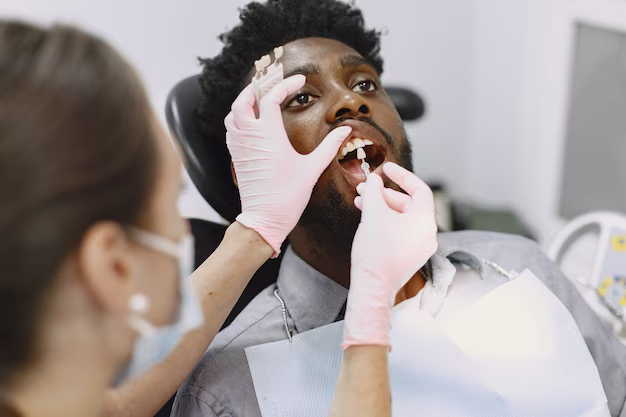Immigrant and refugee populations in the United States
Immigrant and refugee populations in the United States face unique challenges in accessing oral health care. Key barriers include language difficulties, transportation issues, and financial constraints, which significantly hinder their ability to seek timely dental care. Addressing these challenges requires a multifaceted approach:
- Breaking Down Barriers to Care
Limited English proficiency and a lack of interpreters in dental settings can make navigating the healthcare system overwhelming for immigrants and refugees. Additionally, the cost of dental services and the lack of affordable care options often leave many without necessary treatment. Transportation challenges further compound these issues, particularly for families in rural or underserved areas. - Promoting Culturally Competent Care
The availability of dental providers trained in cultural competence is critical to building trust and improving health outcomes. Providers who understand the cultural norms and beliefs of diverse populations can deliver care that is respectful and tailored to the unique needs of immigrant and refugee communities. - Leveraging School-Based Dental Programs
Schools serve as critical access points for oral health care for immigrant and refugee children. School-based dental programs help bridge the gap by offering preventive care, screenings, and referrals, ensuring that children receive care regardless of their family’s access to traditional dental services.
By addressing these barriers and enhancing access through culturally competent providers and school-based programs, the oral health needs of immigrant and refugee populations can be more effectively met.




